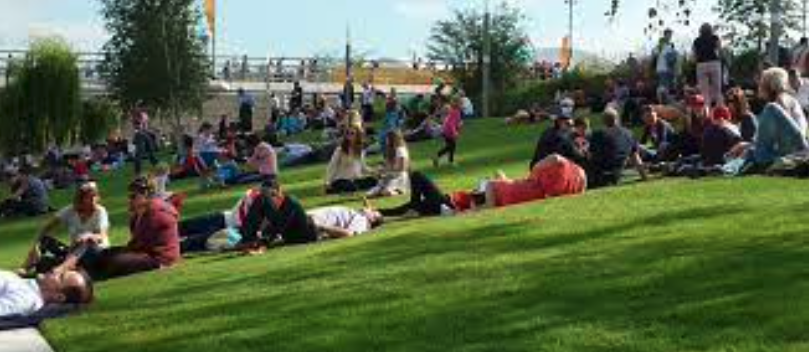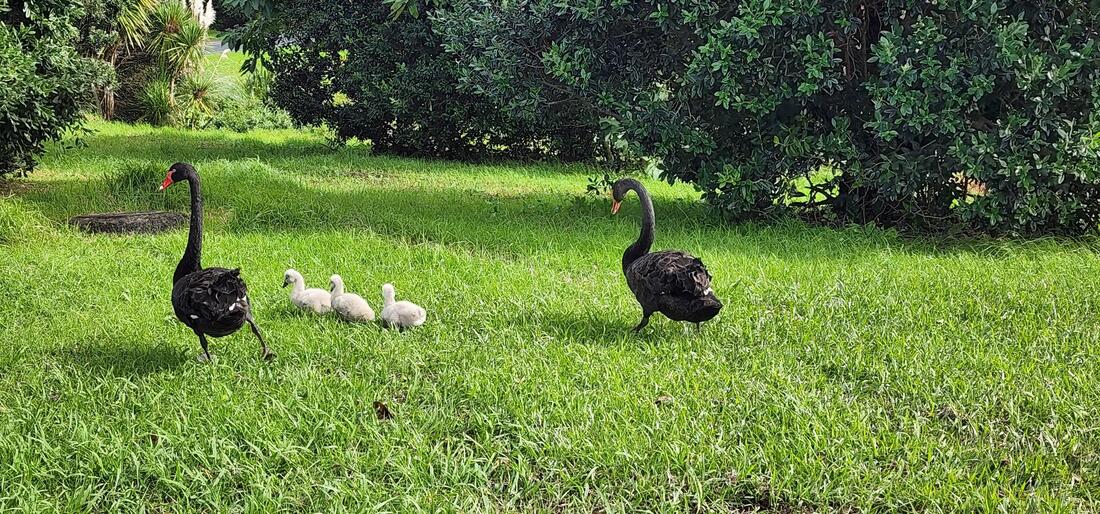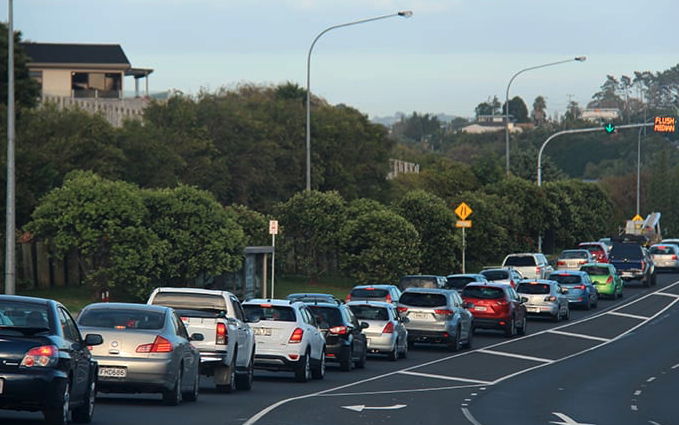Subtle Life Enhancing Design Cues
Urban LivingUrban design is about creating neighbourhoods, towns and cities that work socially, economically, culturally, and ecologically. At neighbourhood level the focus is on the way people perceive and use their environment. At street level it’s about understanding the many relationships amongst buildings, civic spaces, streets, public open space and private space.
|
Nothing has happened by accidentMeticulous planning and sensitive design drive Gulf Harbour’s fully integrated environment. Today, residents savour the art of living in surroundings that remain in touch with nature. This must be protected. This is the very reason Keep Whangaparaoa Green Spaces was established.
|
More emotionally draining trafficAll of us in Gulf Harbour, as well as Coasties from further out the Peninsula use the same limited roading infrastructure and would all suffer from a substantial increase in housing and corresponding flow of cars . We all know there is only one long and winding road in and out – and no fast lane! But this is a salient fact property developers and Councils often choose to overlook.
|
A Brief History
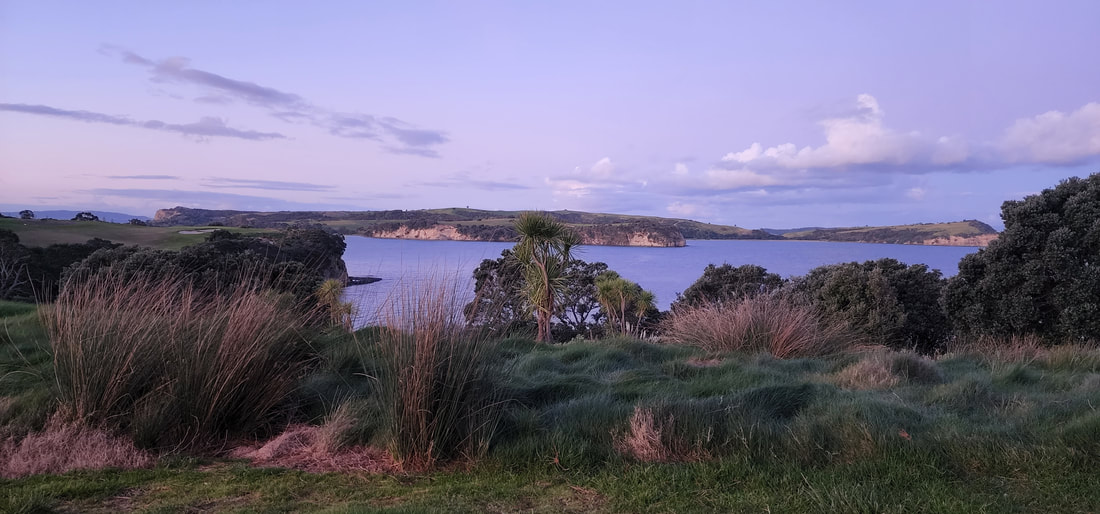
From day one in 1985 the objective for Gulf Harbour (an area of 350 hectares) was to embrace good urban design through comprehensive planning to be achieved primarily through District Plan provisions.
Design guidelines were approved by Rodney District Council in 2004. To view complete Gulf Harbour Non-Regulatory Design Guidelines (Adopted 30 September 2004) click here. In simple terms, cornerstone Principles include:
The Golf Course should remain as the dominant landscape feature providing significant open space as well as private recreation. |
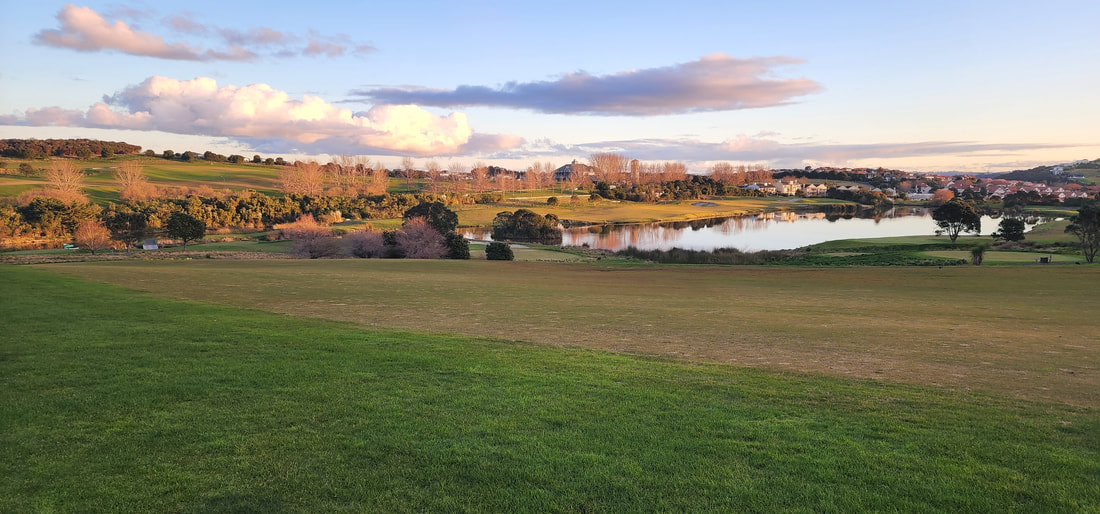
Help Whangaparaoa by spreading the word. Make submissions to Council to oppose Resource Consent applications and/or Planning Change applications that would threaten Open Space Zones The essence of our movement is simple. For home owners who did their due diligence, trusted the area’s covenant and invested in an affordable, relaxed coastal lifestyle close to nature surrounded by the Hauraki Gulf, open spaces and regional park, Gulf Harbour now faces the uncertainty of a community versus property developer battle - despite the supposed protection of a covenant.
| ||||||||||||||||||

